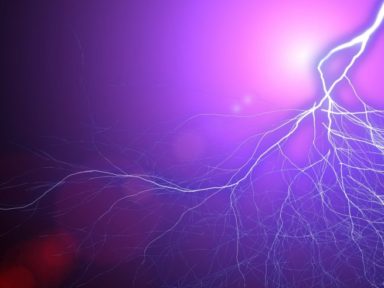We rely on technology more than ever before. Our homes are filled with computers and other electrical devices that we would be lost without. Not only are these items expensive and difficult to replace, others like computers and hard-drives store pictures, videos, and other information that is priceless and often irreplaceable. Many of us do not realise how vulnerable our computers and electrical devices are to power surges and spikes if they are not properly protected.
What is a Power Surge?
A power surge is a sudden increase in the voltage, or power, that is flowing through power lines and electrical wiring. This surge results in voltage levels that are much higher than what a home’s wiring and electronics are designed for. A power surge is usually very brief – measured in microseconds – but if the surge is strong enough it can damage and even destroy undefended devices and electrical systems.
There are many causes of power spikes or surges. A surge can happen when an electric company is working on the power grid. A surge can come from inside your home – the motors of some large appliances, like refrigerators or air conditioners, are powerful enough to cause a power surge when their motors are turned on or off. A common cause of powerful power surges is lightning. A lightning strike on or even near power lines can cause a power surge large enough to damage devices in your home.
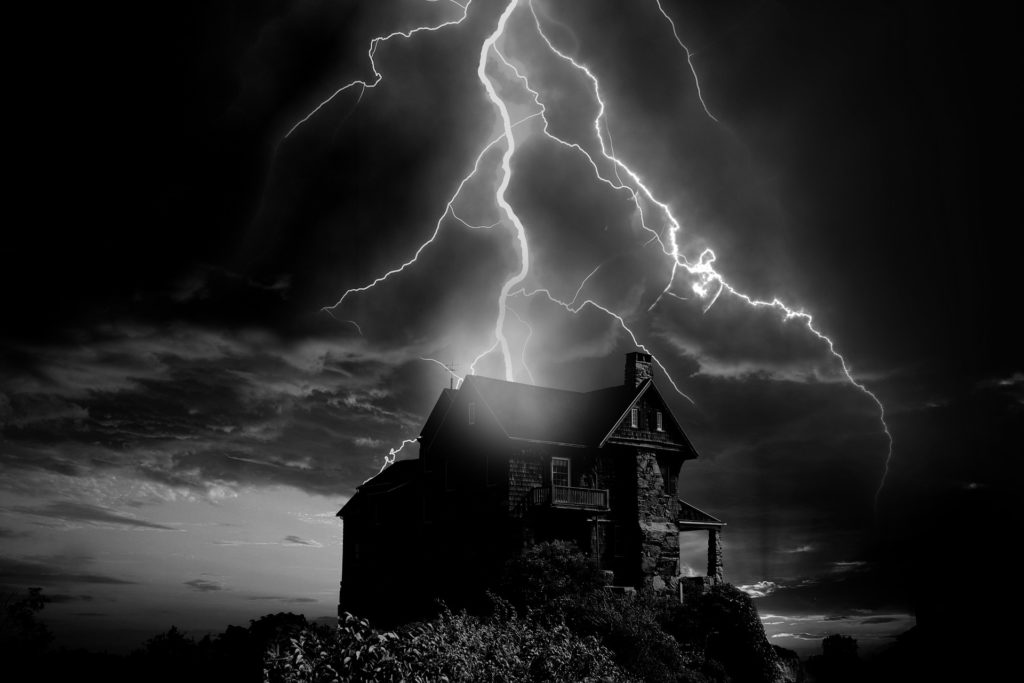
Surge Strength and Why it Matters
Small surges happen frequently, like when a small appliance such as a hair dryer or blender is used. If small surges were all we had to worry about, plugging devices into a point-of-use surge protector would probably be enough. But large surges, like those caused by a lightning strike, are a possibility that we cannot predict. We can save ourselves a lot of trouble and expense by erring on the side of caution and protecting our homes from the largest surge possible.
Surges and Your Electrical Equipment
The electrical equipment in your home is made up of tiny parts that are sensitive to disruptions in the electrical flow. They are designed to work with a specific amount of energy and are only able to handle very small power spikes without consequence. But even small spikes can cause damage over time – a surge so small that it goes unnoticed can erode wires, and eventually prevent your device from working properly. Whereas a large surge can instantly cause destruction to your circuits and electrical components, damaging and destroying even large appliances and computers.
Protecting Your Home from Power Surges
Our homes are filled with many expensive computers, gadgets, and appliances. Since repairing or replacing these items is not cheap, we must make sure that they are as protected from power surges as possible. Utilising surge protectors is an absolute necessity in our electronic dependent lives. A point-of-use surge protector is designed to protect your devices from smaller surges, while a whole home surge protector is designed to protect your home from larger surges. It is wise to use both to ensure that your home is as protected as it can be.
Protecting Communication Devices from Surges
Phone and internet lines need special protection from lighting strikes as it is important that they are always working in case of emergency. There are point-of-use surge protectors with built-in phone jacks and coax connectors, and even surge protection devices made specifically for phone and internet lines, and it is a good idea to use them. They clamp down on large surges and ground excess electricity, protecting these vital lines of communication.
Choosing a Surge Protector
When it comes to protecting your home and your belongings from power surges, you have a few options starting from low-level and inexpensive power bars and point-of-use surge protectors, to high-level whole house protection. Whatever option you choose you must make sure that it will provide sufficient protection against power spikes and surges. As with most things in life, you get what you pay for – gambling on the least expensive option can end up costing you a lot more in the end.

Do you need help with you electrical plans?
Characteristics of Surge Protectors
When looking for a good surge protector, there are three main factors to consider:
- Clamping voltage:
This is the maximum amount of voltage that the protector will allow to pass through before it restricts voltage and begins to conduct electricity to the ground. A lower clamping voltage indicates better protection. The three lowest levels of protection in the UL rating are – 330 V, 400 V and 500 V. Generally, a clamping voltage more than 400 V is too high. - Energy absorption/dissipation:
This rating, given in joules, tells you how much energy the surge protector can absorb before failing. A higher number indicates greater protection. Look for a protector that is rated at least 200 – 400 joules. For better protection, look for a rating of 600 joules or more. - Response time:
Surge protectors do not kick in immediately; there is a very slight delay as they respond to the power surge. A longer response time means that your computer (or other equipment) will be exposed to the surge for a greater amount of time. Look for a surge protector that responds in less than one nanosecond.
Power Bars and Point-of-use Surge Protectors
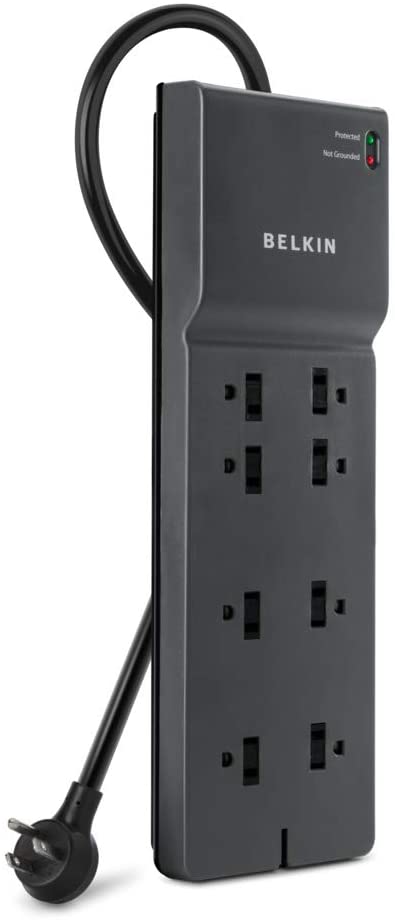
A power bar, or power strip, is basically a glorified extension cord. They are cheap and handy for plugging multiple devices into one outlet, but do not provide any protection from power surges. If it does not have a UL rating (a number that indicates the amount of voltage the device will safely allow) then it is not going to offer any protection from surges.
A better choice is a point-of-use surge protector, or surge suppressor. It is similar to a power bar but offers protection from small surges. It has a built-in circuit breaker that limits the voltage flowing to a device by blocking or diverting any power that is over the device’s acceptable threshold. It will switch off in the event of a larger power surge, protecting any small electrical devices plugged into it. Some even have a USB plug for charging phones or tablets.
While these types of surge protectors provide some protection to communication and data lines, they are not strong enough to adequately protect large appliances, such as washers, dryers, stoves, or fridges.
Whole House Surge Protection
The most important place to protect your home from large power surges is at the main electrical panel where the power comes in from the power line. From there, electricity is distributed throughout your home. You can protect your home from large, external surges at this point with a whole house surge protector (WHSP). A WHSP is hard-wired into the main electrical panel. It monitors the electricity coming into your home and takes excess energy from large surges and sends it safely into the ground. A WHSP is more expensive than a point-of-use surge protector, and it requires installation by a professional electrician, but the security and protection it provides is a must for our electricity dependant lifestyles.
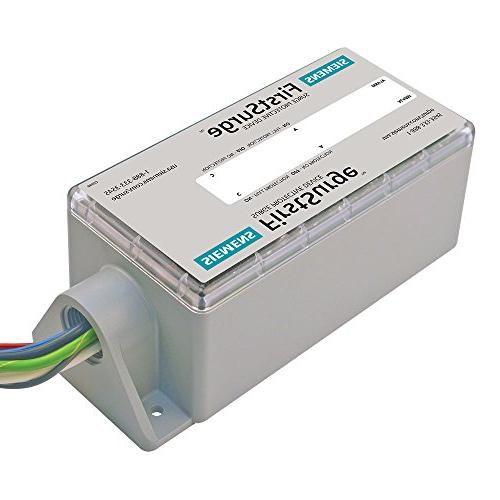
Installing a Whole House Surge Protector
Installation of a WHSP is a complicated and dangerous task that should only be performed by an experienced and licensed electrician. The process involves opening your home’s main electrical panel box and making a mistake here can result in electrocution and even death.
Before work begins, it is vital that the house’s main power is cut by flipping the main switch to turn the breaker off. Once the power is off the electrical panel cover can be removed. The WHSP should be mounted to the outside of the box so that the indicator light can be easily monitored. The white wire is attached to the panel’s neutral bar ensuring a direct path to ground for any excess electricity. The black wires are attached to the correct circuit breaker and mounted as close to the main power wires as possible. Lastly, the panel cover is re-attached.
Making a mistake during installation can prevent your WHSP from working properly. Worse than that, there can still be live wires in the panel box even after the main power has been cut and touching one of these wires can be deadly. It is wise to leave this dangerous job to someone who knows what they are doing.
Activating the Whole House Surge Protector
A WHSP is ready to protect your home as soon as it is installed. It is always in stand by mode and will activate in a split second in the event of a powerful surge.
Maintaining the Whole House Surge Protector
Your WHSP should not require maintenance, but you do need to check it every month to ensure that it is working properly. Look to make sure that the green indicator light is on. If you see a red warning light or hear an alarm, the product has reached the end of its usefulness. Contact a licensed electrician to get it replaced as soon as possible.
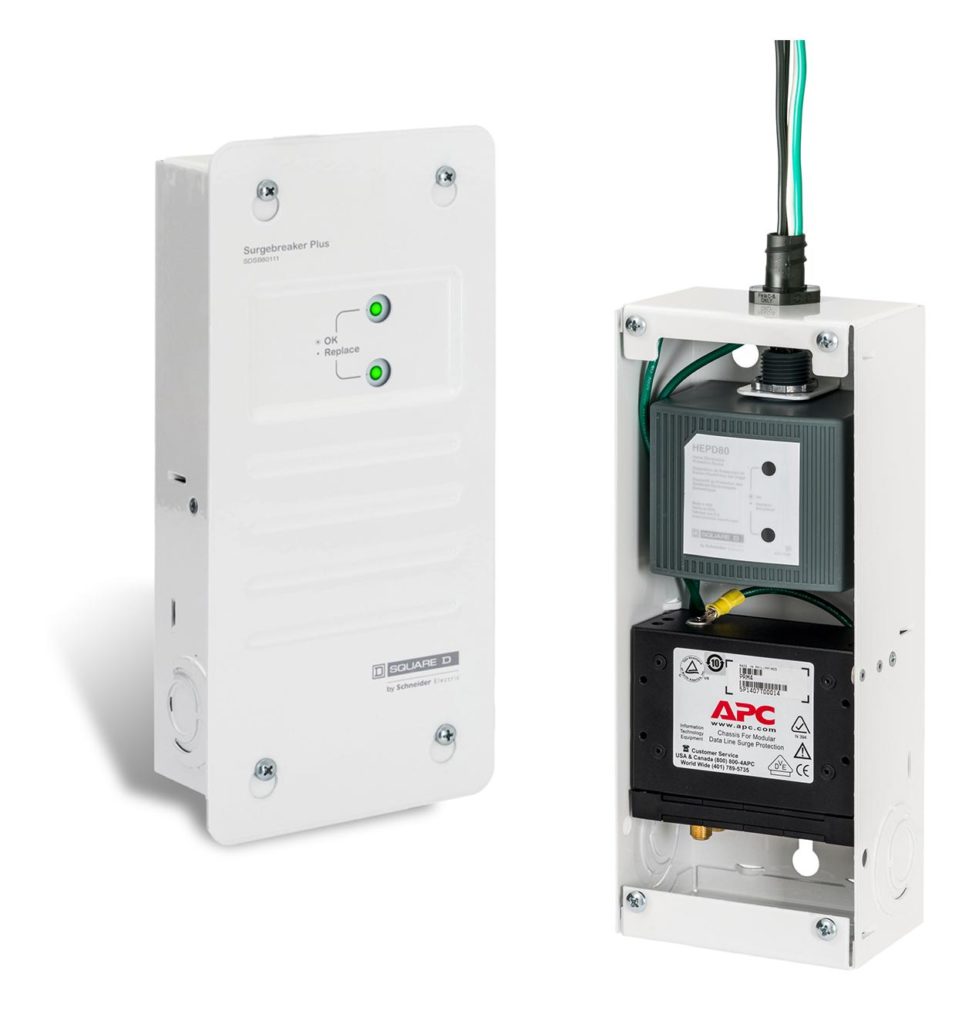
Cost of Installing a Whole House Surge Protector
Exactly how much it will cost to install a WHSP depends on a few factors. The price of the materials can range from $200 – $500, depending on the brand and size you choose, and an experienced electrician will take approximately 1 – 2 hours for installation. When you compare that to how much it would cost to repair or replace your appliances, electronics, and computers, the cost of installing a WHSP is a small price to pay.
Surge Protector Warranty
In the unfortunate event of damage or loss due to a surge, you want to be able to replace your belongings as quickly as possible. Many companies offer a warranty with their surge protection devices. It is wise to read the fine print – some warranties are better than others, and you may want to consider that when deciding which product to purchase. Some companies do not offer warranty protection for damage due to a lightning strike. Also, some warranties only cover the surge protection equipment itself, not the devices that were supposed to be protected by it. Of course, any data lost due to your computer or hard-drive being destroyed is irreplaceable and will not be covered by any warranty.
Generally, if the surge protector was being used properly but failed to protect your electronics from damage due to a power surge, you can make a claim under the warranty. Different companies offer different levels of coverage. Siemens have a 10 year $50,000 warranty on some of their products, and Schneider’s warranty coverage ranges from 2 – 5 years and up to $100,000, depending on the model.
Activating the Warranty
Warranties differ from one manufacturer to another. For more information on how to activate your warranty and make a claim, check the manufacturer’s website.
- How to build a smart home – the best devices
- 11 must know facts about GFCI breaker I New Line Energy
- Electrical panel – and what you need to know about them
- Tips and advices to help you plan, design, and install the outdoor lighting around your house
- Everything that you need to know about Garage Heating
